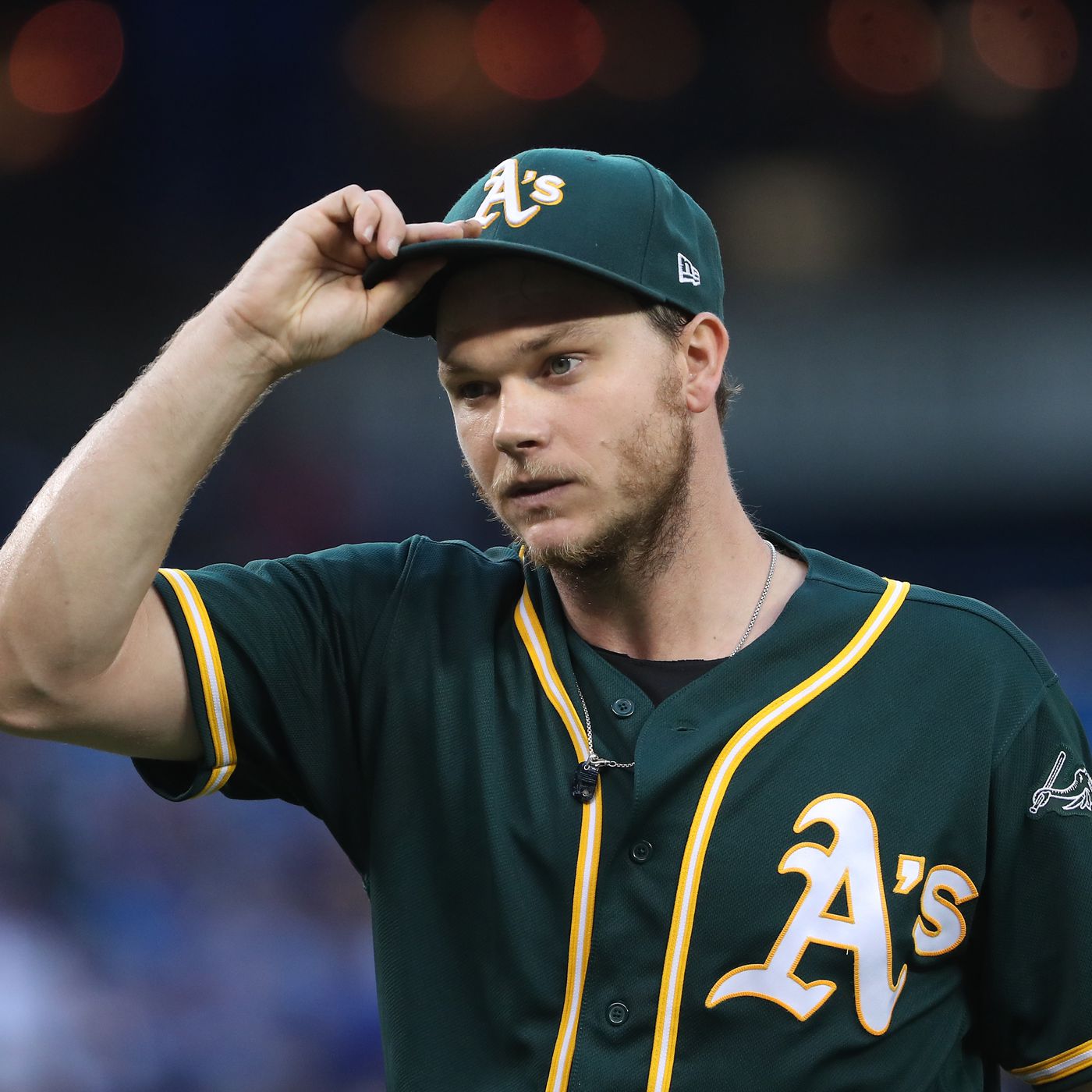Last season, the Twins saw strong innings from both Sonny Gray and Kenta Maeda. The latter was the American League Cy Young winner’s runner-up, behind Gerrit Cole. That told you how good his season was and how much any prospective suitor would be willing to pay him. Even if Maeda’s performance wasn’t on the same level, he succeeded, and trades for pitchers like Kyle Gibson and Lance Lynn made it possible for him to gain financial advantages.
Why, therefore, didn’t the Twins exhibit a stronger will to hold onto either of their leaving starters? Although that response has several facets, it isn’t particularly intricate. Paying arms in free agency is something this front administration has avoided doing. When you realize that you’re obtaining someone else’s leftovers, that makes sense. Because their previous employer permitted it, every free agent is entering the market, and most of them are doing so at what baseball refers to as an older age.
Under Falvey, the Twins have never paid a starting pitcher more than $20 million, and that was Michael Pineda’s two-year contract that helped him pass the time while recovering from Tommy John surgery. It never seemed like a good idea to assume that Maeda, who would soon enter his late 30s, or Gray, who will soon receive a raise based on his recent performance, would reverse direction in that process.
Realistically, the Twins didn’t retain the services of either Gray or Maeda because the length of each deal wouldn’t make sense. Maeda finally landed a deal that wasn’t full of incentives, and he’ll make a base salary nearly the same as the eight-year deal he signed when coming over from Japan. A total guarantee of $24 million didn’t need to be prohibitive for Minnesota, but their focus was on Maeda being a one-year arm for them, if he was to be back at all. Scott Boras was set on finding at least a two-year deal, and with the Tigers having more of a need, they were the team that bit.
Regarding Gray, Minnesota was interested in making a short-term deal. They proved the earnestness of that sentiment by making the Qualifying Offer. Of course, Gray would never accept that one-year pact, so it was a moot point, but the Twins would have gladly paid $25 million for a season or two of his services. The problem is that the market was always going to give Gray a third year, and Minnesota being interested in that seemed like a non-starter. He hasn’t been the most durable arm throughout his career, and it’s unlikely that will change for the better as he ages. St. Louis had to find their ace, and pairing talent with Nolan Arenado and Paul Goldschmidt before it got too late was necessary.

Now, the front office is tasked with replacing the innings and starts made by both Maeda and Gray. They went into the offseason assuming that would be the case, and now it has become a reality. That the Twins will stand pat remains highly unlikely, and expecting them to add someone like Dylan Bundy, J.A. Happ, or Matt Shoemaker doesn’t seem realistic, either. They are already exploring the trade market, and it seems most likely that they will make their addition that way. Whom they land remains uncertain, but plenty of fine candidates are out there.
After a successful run in 2023, it may have been fun to run it back. A similar outcome with everyone repeating success or performing at a higher level wouldn’t have been probable, though, and Minnesota must carve a new path toward more optimal results. Maeda was a fun way to get involved in the Mookie Betts excitement with the Dodgers, and acquiring Gray was a well-executed move that has come full circle.
It’s okay to be sad that both are gone, while understanding that the right decision was made.







